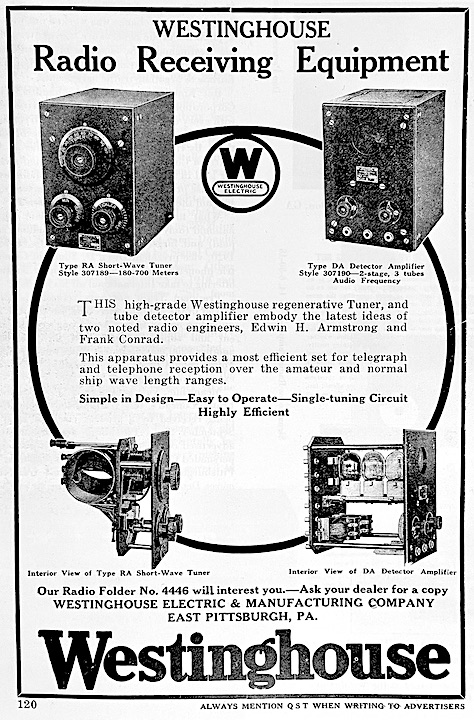-
Recent Posts
-
Recent Comments
Archives
- May 2024
- April 2024
- March 2024
- February 2024
- January 2024
- December 2023
- November 2023
- October 2023
- September 2023
- August 2023
- July 2023
- June 2023
- May 2023
- April 2023
- March 2023
- February 2023
- January 2023
- December 2022
- November 2022
- October 2022
- September 2022
- August 2022
- July 2022
- June 2022
- May 2022
- April 2022
- March 2022
- February 2022
- January 2022
- December 2021
- November 2021
- October 2021
- September 2021
- August 2021
- June 2021
- May 2021
- April 2021
- March 2021
- February 2021
- January 2021
- December 2020
- November 2020
- October 2020
- August 2020
- July 2020
- June 2020
- May 2020
- April 2020
- March 2020
- February 2020
- January 2020
- December 2019
- November 2019
- October 2019
- September 2019
- August 2019
- July 2019
- June 2019
- May 2019
- April 2019
- March 2019
- February 2019
- January 2019
- December 2018
- November 2018
- October 2018
- September 2018
- August 2018
- July 2018
- June 2018
- May 2018
- April 2018
- March 2018
- February 2018
- January 2018
- December 2017
- November 2017
- October 2017
- September 2017
- August 2017
- July 2017
- June 2017
- May 2017
- April 2017
- March 2017
- February 2017
- January 2017
- December 2016
- November 2016
- October 2016
- September 2016
- August 2016
- July 2016
- June 2016
- May 2016
- April 2016
- March 2016
- February 2016
- January 2016
- December 2015
- November 2015
- October 2015
- September 2015
- August 2015
- July 2015
- June 2015
- May 2015
- April 2015
- March 2015
- February 2015
- January 2015
- November 2014
- September 2014
- August 2014
- July 2014
- June 2014
- May 2014
- April 2014
- March 2014
- February 2014
- January 2014
- June 2013
- May 2013
- February 2013
- January 2013
- September 2010
- July 2010
- June 2010
- March 2007
- January 2007
- March 2006
- March 2005
- June 2004
- March 2004
Categories
- AARP
- Apple
- cell/smartphones
- CES
- CNET
- Consumer Goods Technology
- Consumers Digest
- Digital Tech Consulting
- DVICE
- ear/headphones
- eBay
- Electronic House
- Gear Brain
- home office
- Huffington Post
- IFA
- Internet/Social Media
- Investopedia
- Laptop Magazine
- Mashable
- music players/speakers
- OTC Hearing Aids
- Popular Mechanics
- re/code
- smart home
- smart locks
- SmartTechCheck Podcast
- Sound & Vision
- Tech Goes Strong
- Tech History
- Techlicious
- Tom's Guide
- TV/4K/UHD/8K
- TWICE
- U.S. News 360
- Uncategorized
- VR/AR
Happy 100th Birthday, Consumer Technology Business

Celebrating the 100th birthday of the consumer technology industry with the story behind how and why our business came to be and of those responsible for creating it, in five parts:
Part 3: A Pittsburgh Radio Sensation
Posted in Tech History, TWICE
Tagged 1920, Consumer electronics, consumer technology, Consumer Technology Association, CTA, history, KDKA, Pittsburgh, radio, RCA, tech history, Westinghouse, WIRELESS
Leave a comment
How the Consumer Technology Industry Was Born

What we now call the consumer technology industry was born November 30, 1920, when the first consumer electronics product, the two-piece RA-DA, the first commercially produced radio designed for the mass market, rolled off the Westinghouse assembly line in East Pittsburgh. After a two-year period of hectic technological, business and legislative/regulatory developments following the end of World War I, the Westinghouse RA-DA and the entire radio industry emerged, becoming the dominant consumer technology product for three decades. On the centennial of our industry, let’s take a look at the events of 1919-1920 that cleared the way for the future.
Part 1: The Day Radio Died
Part 2: How the Consumer Technology Industry Was Almost Never Born
Part 3: How President Wilson Shaped the Airways
Part 4: Happy 100th Birthday To The Consumer Technology Industry
SmartTechCheck Podcast – TikTok, smartphones and children, FCC broadband labels mandate

I join host Mark Vena and fellow tech journos Rob Pegoraro and John Quain to drill down on the passed TikTok divestiture law, the new FCC broadband labels mandate, and a recent study that warns smartphones are “killing” children.
Watch this episode here on YouTube.
iRobot’s Angle, CTA’s Shapiro Lash Out At Regulation

Honored as a Digital Patriot by CTA, Roomba inventor Colin Angle used his acceptance speech to excoriate regulators who blocked Amazon’s acquisition.
Read the rest of this report here at TWICE.com.
Posted in TWICE
Tagged Amazon, Colin Angle, CTA, Digital Patriots, Gary Shapiro, iRobot, Rooma
Leave a comment
Sony Bows New Premium Bravia Mini-LED TVs, Home Theater Speakers

Top of the line Bravia 9 Priced Higher Than Top OLED Models; the company also unveiled Bravia Theater speaker components, systems.
Read the rest of this report here at TWICE.com.
Posted in TV/4K/UHD/8K, TWICE
Tagged 4K, 8K, Bravia, Mini-LED, OLED, Sony, Sony Pictures
Leave a comment
Roku’s New Pro Series TVs Not Really For “Pros”

Streaming company wants to step up consumers to ‘fun’ and ‘simpler’ smart TVs with higher quality mini-LED display tech, but distribution is currently limited.
Read the rest of this report here at TWICE.com.
SmartTechCheck Podcast: Apple, NTT Research, Sony, Roku, and digital privacy legislation

I join host Mark Vena as well as fellow journos Rob Pegoraro and John Quain to take on NTT Research’s Upgrade 2024 event, Apple’s battle with the U.S. Department of Justice, new Sony and Roku smart TVs, and the new bi-partisan digital privacy bill.
Watch this episode here on YouTube.
Posted in Apple, SmartTechCheck Podcast, TV/4K/UHD/8K
Tagged 8K, anti-trust, Apple, digital privacy, DOJ, Mini-LED, NTT Research, OLED, Roku, Sony
Leave a comment
New Samsung Bespoke Appliances Stress AI, Ecosystem, And Design

New premium Samsung refrigerators, ranges, washers/dryers, and vacuums focus on expanding smart whole home SmartThings monitoring, control, customization, and personalization.
Read the rest of this report here at TWICE.com.
Posted in smart home, TWICE
Tagged bespoke, Bixby, cooktops, dryers, Philips Hue, ranges, refrigerators, robot vacuums, Samsung, smart appliances, SmartThinks, washers
Leave a comment
The 8 Best Dumb Phones of 2024

Are social media, web surfing, and email monopolizing too much of your time? If you’ve been thinking about making a change—whether for a digital detox or to simplify your life—then consider retiring your time-sucking smartphone. Trending now is a less distracting device—an inexpensive mobile phone that lacks those addictive apps and is designed primarily for basic voice communications.
Read the rest of this roundup here at Best Products.
Posted in cell/smartphones, Popular Mechanics
Tagged cellular phones, dumb phones, Easyphone, Kyocera, Nokia, Punkt, smartphones, Wisephone
Leave a comment
SmartTechCheck Podcast TikTok and Congress, Elon Musk and YouTube, and SXSW highlights

This week’s SmartTechCheck podcast hosted by Mark Vena with Rob Pegoraro and John Quain where we discuss the recent Congressional vote on TikTok, Elon Musk’s video streaming initiative to challenge YouTube, and insights on Hollywood and AI observed at SXSW.
Watch this podcast here at YouTube.
Posted in Internet/Social Media, SmartTechCheck Podcast
Tagged Artificial Intelligence, Elon Musk, streaming service, SXSW, TikTok, Yahoo
Leave a comment

